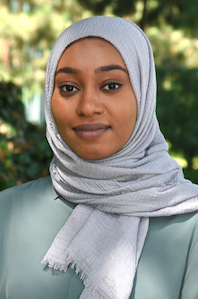Abstract:
Geobacter sulfurreducens is an important model bacterium for studying life in anaerobic environments rich in insoluble metals. It performs respiration by reducing alternative terminal electron acceptors through appendages in a process known as extracellular electron transfer (EET). EET is central to biogeochemical cycles and influences climate change, corrosion, and electricity generation. Recent cryo-EM research has identified three polymerized multiheme cytochrome nanowires: OmcS, OmcE, and OmcZ. These filaments are made up of cytochrome monomers with bis-histidine-coordinated hemes. OmcS and OmcE have similar heme alignments and are connected via distinct interfacial hemes, despite lacking sequence homology, whereas OmcZ lacks this feature. Spectroscopic and electrochemical studies have revealed distinct properties of these filaments that enable their participation in EET. This research enhances our understanding of biological structures supporting long-range electron transport and expands our knowledge of multiheme cytochrome proteins in electron transfer processes.
Speaker:
Location:

